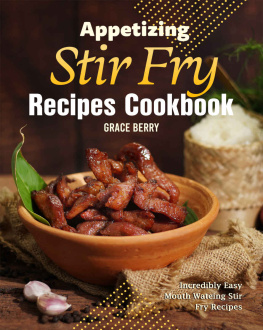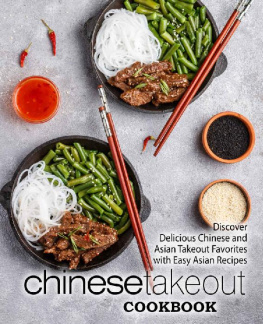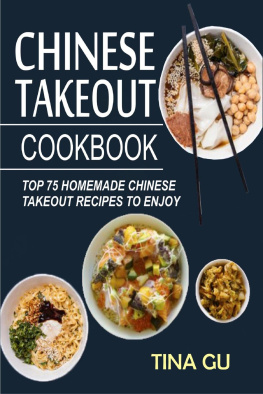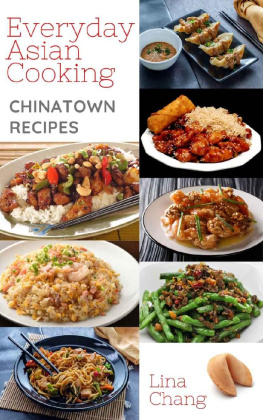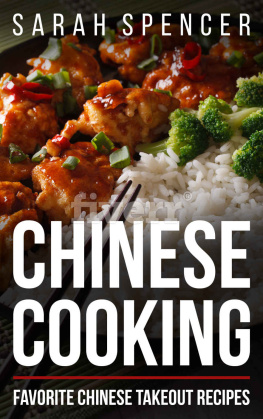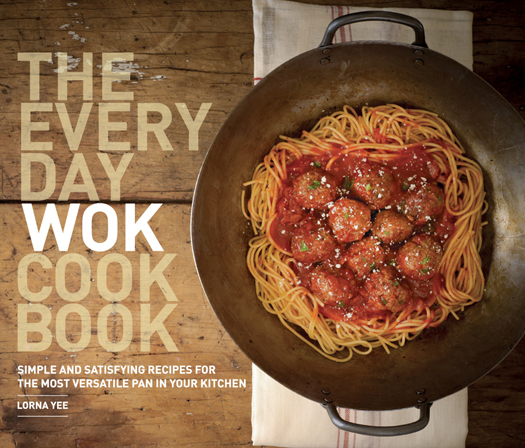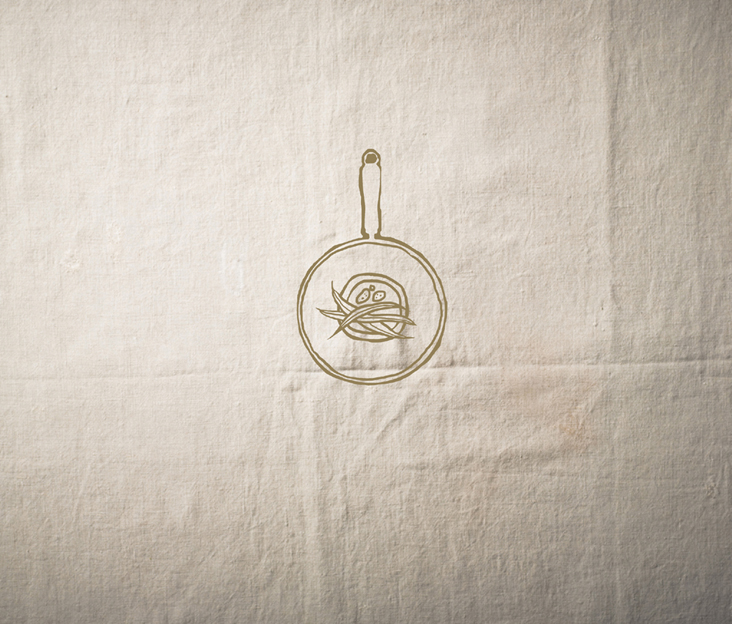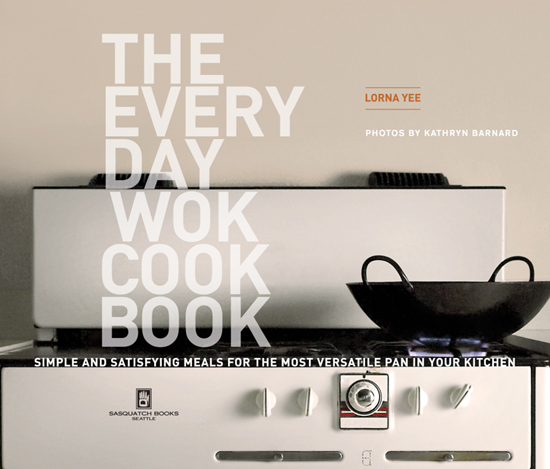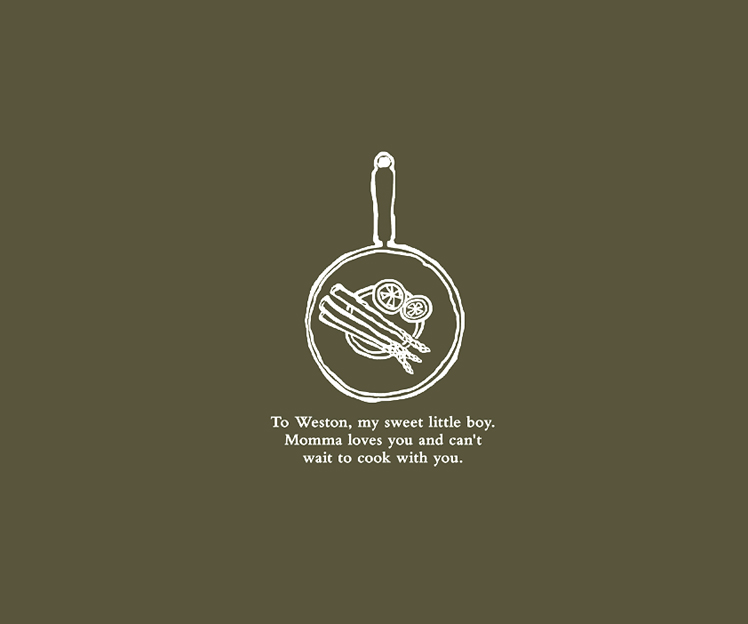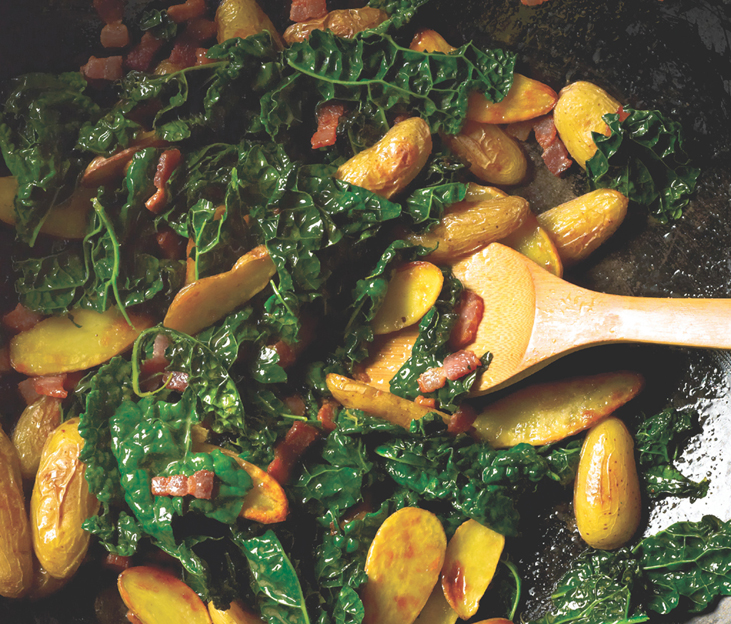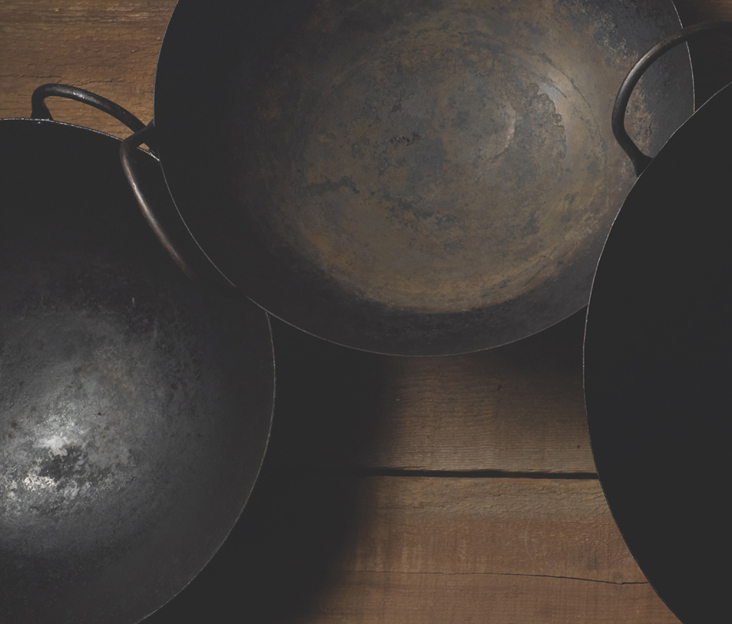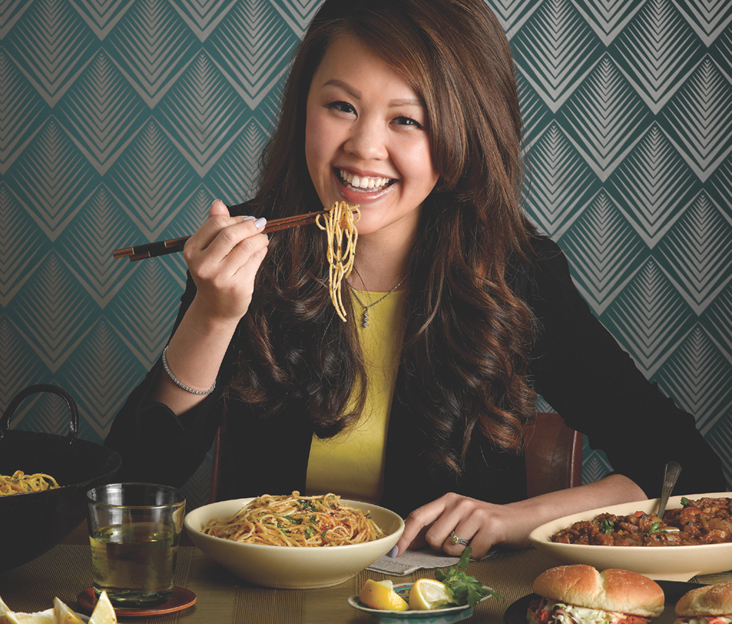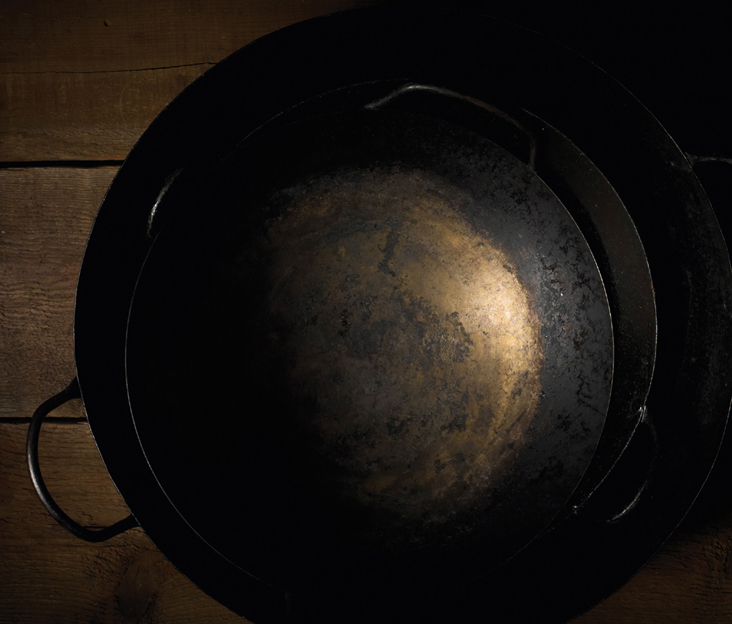Copyright 2012 by Lorna Yee
All rights reserved. No portion of this book may be reproduced or utilized in any form, or by any electronic, mechanical, or other means, without the prior written permission of the publisher.
Published by Sasquatch Books
Cover and interior photographs: Kathryn Barnard
Cover food styling: Julie Hopper
Interior food styling: Callie Meyer
Cover and interior design and composition: Alicia Nammacher / Sarah Plein
Library of Congress Cataloging-in-Publication Data is available.
eISBN: 978-1-57061-839-0
Sasquatch Books
1904 Third Avenue, Suite 710
Seattle, WA 98101
(206) 467-4300
www.sasquatchbooks.com
v3.1
CONTENTS
RECIPE LIST
ACKNOWLEDGEMENTS
To the wonderful team at Sasquatch Booksparticularly Susan Roxborough, Gary Luke, and Michelle Hope AndersonId like to offer my sincere thanks for giving me the platform to share my favorite wok recipes. I never dreamed I would be able to have the opportunity to publish one cookbook, let alone two! Thank you also to Kathryn Barnard, Callie Meyer, and Julie Hopper, for their beautiful, meticulous work in styling my recipes. Your photographs translate my food so deliciously.
A special, heartfelt thank-you to my dear family, for supporting me while I juggled a demanding job, a major house remodel, and a first pregnancy while writing this cookbook. To my recipe testersI could not have done this without your tireless commitment to cooking these recipes in different woks, on different stoves, to make sure they were just as tasty from my kitchen as from yours.
To my husband Henry, who gamely ate many a version of pulled pork, gumbo, coq au vin, and (his favorite!) kung pao chicken, and who bravely turned a blind eye to the dishes that piled up along the way. And last of all, to my new son Weston, who cooked along with me during the nine months it took to write this book.
INTRODUCTION
I remember my moms old cast iron wok wellthe one so worn from years of spatula-scraping that it has a deep indentation in the bottom, perfect for frying her famous little egg pockets filled with minced pork and fragrant scallions. That woks patina is slick and black from decades of use, and oh, the dishes that were born out of it! Steamed whole fish with a smattering of ginger and a splash of hot soy, deep-fried sweet-and-sour prawns, braised eggplant stuffed with prawn paste, stir-fried pea vines with XO sauceits no wonder that the versatility of the wok, that humblest of cooking vessels, was instilled in me at a young age.
THE WOK
The wok was born out of necessity many centuries ago in China. Fuel shortages and frugality created a demand for a cooking vessel with a large cooking surface and a small base that extended the life of the weeks ration of oil. It has been used for centuries in Asia; more intrepid Western cooks are now making this an inexpensive addition to their range of kitchen tools, and online availability has made woks much more accessible for the everyday cook.
As more and more home cooks are discovering, woks are amazingly versatile; they are capable of taking anyone beyond merely Asian cookery. With a wok, you can easily whip up a delicious chorizo hash for breakfast, fry up a plethora of goodies (fried chicken or homemade doughnuts, anyone?), sear a steak or steam some fish for supper, stir-fry vegetables or noodles for a quick meal, braise a pork shoulder for tacos, stir up a creamy risotto, or simmer a comforting beef stew on a wintry evening. Steamed custards and many British desserts (like the Sticky Toffee Pudding on ) can be made in a wok with minimal fuss. Dont have a double boiler to make your favorite lemon cream for cookies or cakes? This book shows you how to transform your wok into a makeshift double boilerall you need is a tea towel and a couple of easy techniques!
Nowadays, the crossing of food cultures and the sharing of inspirations and traditions have left home cooks more eager to blur boundaries when putting together a meal. With a bit of creativity, you can make your wok the most well-used piece of equipment in your arsenal. Affordable, durable, versatile, and only getting better with ageits no wonder that woks have been prized in the kitchen for centuries. I hope this collection of global recipes will inspire you to use your wok for everything from breakfast to dessert, and every delicious bite in between!
HOW TO
CHOOSE A WOK
Woks are made nowadays with either a flat bottom or a curved bottom. Flat-bottomed woks are more suitable for home cooking (the flat bottom maximizes contact area with conventional stovetops and smooth-top ranges), whereas round-bottomed woks are used more frequently on high-powered restaurant gas stoves. I recommend cast iron or carbon steel woks over stainless steel ones, as the thinner stainless steel woks tend to not conduct heat as well.
When it comes to choosing a wok, a 14-inch or 18-inch size works bestany larger and you risk filling the wok with too much food to stir-fry, so it steams or braises instead. When stir-frying, its always best to cook in smaller batches, so the food gets enough contact time with the wok. This contact time results in a sizzling seared surface that the Chinese call wok hay. Grace Young, one of the preeminent authorities on wok cooking, loosely translates this phrase to mean breath of a wokthat elusive seared taste of food thats cooked at a high temperature, which dissipates quickly as it cools.


